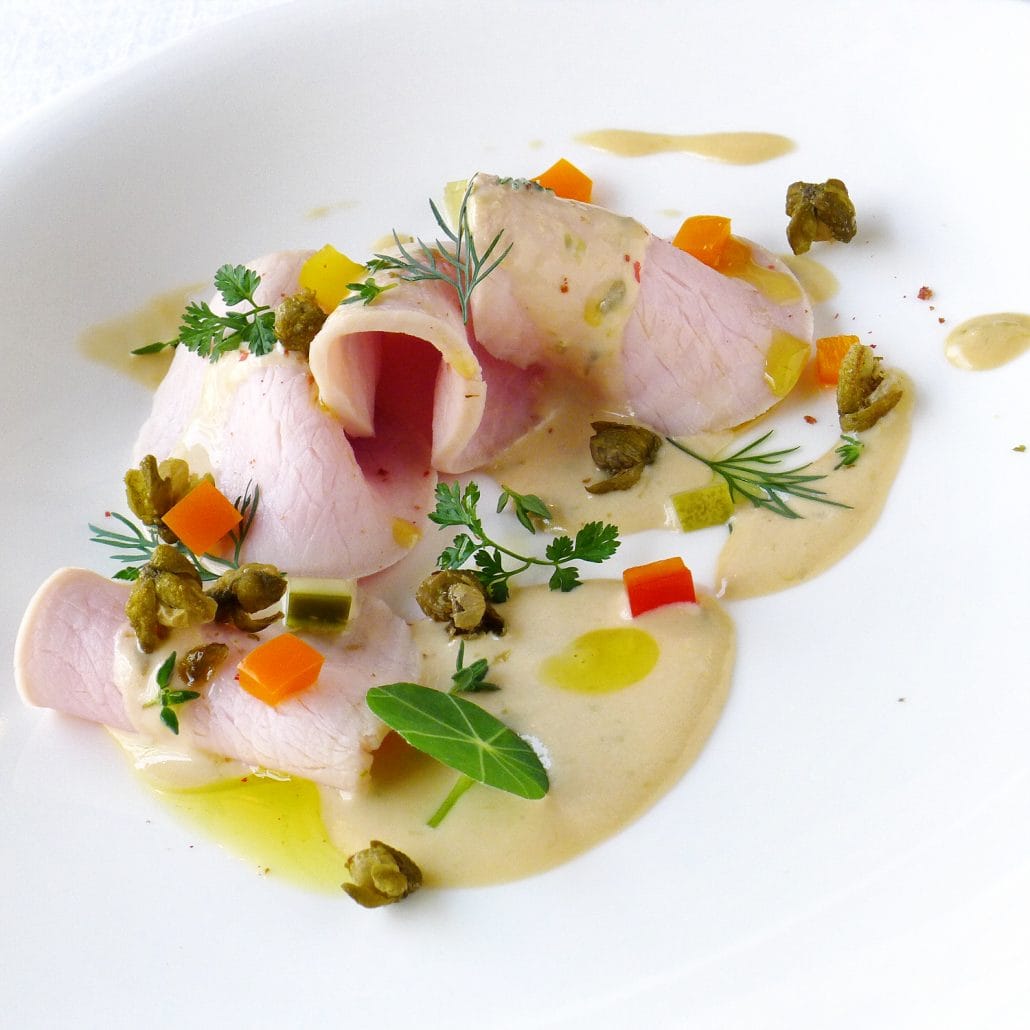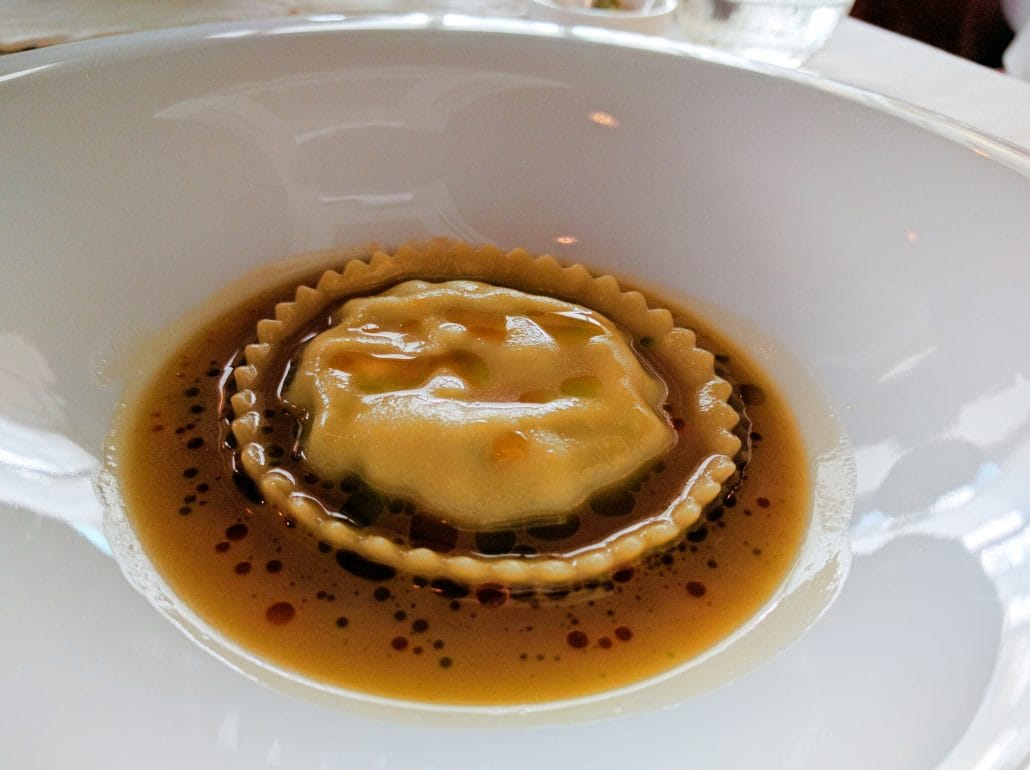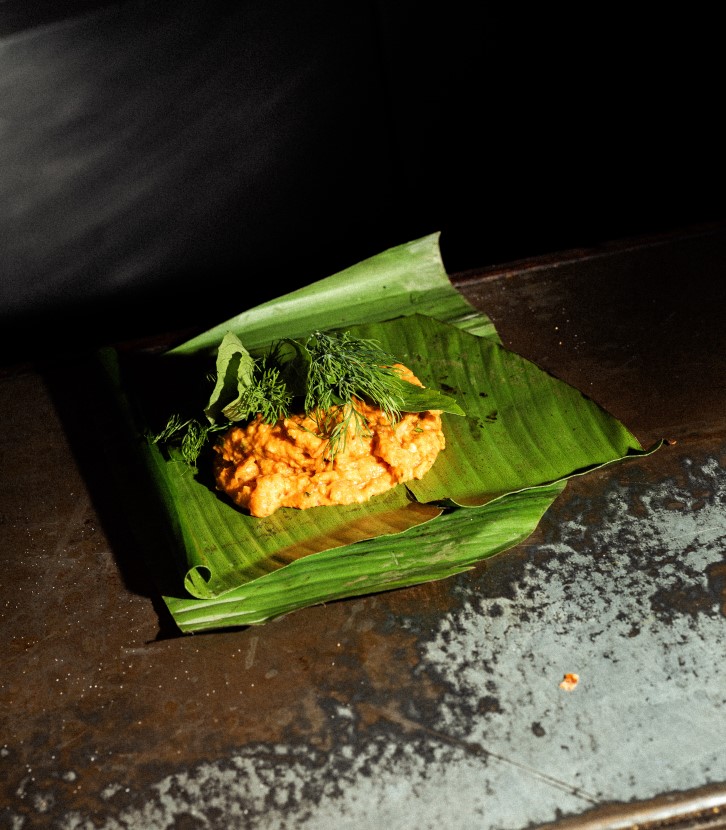
From exit 3 of Gyeongbokgung subway station, stroll further north where the streets become noticeably quieter. You have entered Seochon, an unassuming part of town that has quietly watched Korea’s modern and contemporary history unfold.
‘Seochon’, which literally translates to ‘west village’ in English, is a reference to its location west of Gyeongbokgung Palace. It is one of the few remaining areas in central Seoul that has withstood the test of time amid the urban renewal and redevelopment frenzy in recent years.
Seochon is also home to Seochon Chef Kim, an Italian restaurant and bistro that offers regularly rotating seasonal menus that reflect the colorful culinary heritage of Italy, from Piedmont in the north to Sicily in the south.
Italian–or more specifically pasta–is one of Korea’s key imports when it comes to Western cuisine. But as far as anybody is concerned, authenticity has never been a point of contention among the millions of locals who consume it everyday. Seochon Chef Kim, however, is one of the few that is all about bringing authenticity to the table.
Owner-chef Kim Do Hyung’s career in the kitchen started late. He attended a commercial high school, a stone’s throw from where his current restaurant is located, in the hopes of joining the workforce after graduating. But instead, he went on to college and majored in sociology.
In his junior year in college, he passed a state certification exam and became a licensed cook. It was the mid-90s and student demonstrations were rampant around university campuses. On more than one occasion, he had to explain to the police conducting random searches why he was carrying knives in his backpack.
After graduating from university, he got a job in marketing at a major firm through open recruitment. But his one true love was cooking. “One day, I submitted my letter of resignation and left. Immediately after, I invested every dime I had, including my savings and a loan from my parents, and opened a gastro-bar. I didn’t know anything about running a business. All I had was my love for food and cooking. After five years of barely getting by, I made the difficult decision to close it down.”
While he was running his first business, he studied at Il Cuoco-ALMA, the Seoul chapter of ALMA, the International School of Italian Cuisine in Italy, which shares the same Master Course curriculum as its Italian headquarters. It was an intensive 10-month program that helped reignite his love for cooking, particularly Italian cuisine.
Seochon Chef Kim is opening it’s second location in April on the heels of its successful one-year anniversary. The casual trattoria-style restaurant, located one block away, will offer a wider selection of à la carte items, including pastas dishes. The original location will only be offering prix fixe menus for both lunch and dinner services.
The following is a one-on-one with Kim Do Hyung, chef and proprietor of Seochon Chef Kim.
*****

Italians often reject the idea of a unified “Italian food,” pointing out that regional dishes can taste as different as you would find between different countries. Is there a particular region of Italy you are focusing on?
We offer a mélange of dishes from different regions of Italy. From Sicily, we have such classics as arancini (breaded and deep-fried risotto balls), linguine ai ricci di mare (linguine with sea urchin) and cannoli (a tubular fried pastry dough filled with creamy sweetened ricotta cheese). From the northwestern region of Piedmont, we have vitello tonnato (sliced veal covered with a mayonnaise-like sauce flavored with tuna), except we have added our own little twist to the dish and use Duroc pork loin instead of veal. It is a beautiful cut of meat with extra-fine marbling which results in an incredible texture.
Tell us about some of your bestsellers.
Ravioli, arancini and the Duroc tonnato are our top sellers. The customers also love our calzone which is filled with five different kinds of mushrooms including truffles, mascarpone cheese, béchamel sauce and mozzarella cheese. Instead of the traditional pizza base, I use a light and crispy pie pastry dough. Customers also like our sea urchin linguine. At our restaurant, we make a rich blend of stock made with chicken, cod and littleneck clams which becomes the base for the pasta sauce. There really is no secret to the dish; we are very generous with the amount of sea urchins we throw in there.

It seems the customers just can’t get enough of your ravioli. What kind of ravioli do you serve here?
The first-ever ravioli we served when we opened was filled with Taleggio cheese which we served with ragù. Since then, we have served bisque-sauce shrimp ravioli, mushroom-sauce five-mushroom ravioli and, currently, saffron sauce lobster ravioli. Our customers have loved our ravioli since day one. I hadn’t expected it to be so popular, actually. I used to serve ravioli only during lunch service, but I ended up adding it to the dinner menu by popular demand. It is our number one bestseller.
Ravioli is such a time-consuming dish to make, though.
It is. It’s a shame I can only offer one type of ravioli each season as we have such a limited prep space. Preparing ravioli is time-consuming, but I love the process. I first prepare the pasta dough by blending semolina and b wheat flour to which I add the egg yolks. I let the dough sit overnight before rolling them out. This process isn’t considered mandatory in Italy, but I find that it takes on a much more pleasant texture if left to rest overnight – silkier and chewier.

Do you only use fresh pasta at the restaurant?
With the exception of linguine, all of our pastas are made fresh, including lasagna, ravioli and tagliatelle. The three different pastas each have a unique trait which means we have to prepare three different kinds of pasta dough each time. At the second location, we plan to serve only fresh pasta. We also plan to expand the pasta menu. I am excited to finally add pasta carbonara to our list of ‘primi.’ We are going to make our own guanciale using Iberio pork cheeks.
Which is your favorite region in Italy when it comes to food?
If I had to pick just one, I’d pick Emilia-Romagna. Stuffed pasta is among my top favorite foods and I love making ravioli. I’ve rarely been unsuccessful with ravioli. Even today, I had two customers say our ravioli tasted “out of this world.” That made me so happy.

It’s officially spring. Tell us about your new menu.
With spring, the season of basil and tomatoes has arrived. I think basil, tomato and cheese is a combination you just can’t go wrong with, so I want to make ravioli using those three classic ingredients. Along with the spring ravioli, I am adding tortellini in brodo to the menu – stuffed tortellini pasta served in a rich and invigorating bone broth. It’s the ultimate comfort food, kind of like Korean manduguk. Our nation has just been through one of the longest and darkest winters in recent memory, and I want my customers to come to our restaurant, eat our hearty tortellini soup and feel comforted.
What makes Seochon Chef Kim different?
When I was decorating this space, I wanted to add certain visual elements that were uniquely Korean. Interestingly, the framed artifacts you see on the wall were uncannily similar to objects you can easily find in Italy as well. Take that patterned tile, for example; it looks very much like the corzetti pasta mold used in Liguria, in the northern part of Italy. Same goes for that old door handle; I saw similar door handles everywhere in Italy. I realized that something uniquely Korean could also reflect a unique part of the Italian culture as well. I think this reflects the core spirit of Seochon Chef Kim.

Ultimately, what kind of food do you want to make?
I don’t know how to make complicated food. I don’t like fusion cuisine. I love Italian food because it’s simple. I never studied abroad. I did dabble in Japanese and Korean back in the day, but I didn’t want to apply my shallow knowledge of Asian cuisine to the authentic Italian cuisine I’d learned how to make; I didn’t want people to judge my food as a mish mash of this and that. That is why I am sticking to authentic Italian cuisine.
I want to make food that tastes like it should, even at the risk of being criticized for lacking creativity. I don’t want people to taste my food and say, “What is in this dish? I can’t quite make it out.” Rather, I want them to taste something and say, “Tastes about right. The meat tastes like meat and the fish tastes like fish and the tomatoes taste like tomatoes.”
Even when I am in Italy, my favorite go-to eateries are trattorias and markets where they sell comfort food that tastes like someone’s grandma made it. I want people to come to my restaurant, enjoy the food and go home with a full belly. That is what Italian dining is all about.
Tell us about your wine list.
We currently have 58 different labels on the wine list, 80% of which are Italian and the rest a mix of French, Australian and New Zealand. I wanted the wine list to be a good representation of the different wine varietals from the different regions in Italy. My personal favorite grape varieties are Sangiovese from Tuscany and Nebbiolo from Piedmont. Chianti is considered a national wine in Italy and pairs easily with vegetable, meat and seafood dishes.

Looks like it’s going to be an exciting season for your restaurant. Tell us about your second location. How is it different from this one?
I am working to create a space that will make people think, ‘Wow! I am in Italy’ from the moment they walk in through the door. Imagine brick walls and old Italian doors. I must have shown my interior designer at least a couple of hundred photos of Italian doors. Luckily for me, my designer recently brought back an old door handle from their trip to Italy which I insisted must be used for my restaurant.
Published 2017.03.31




















